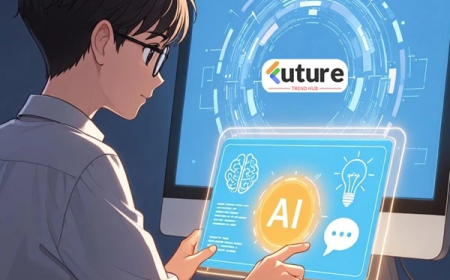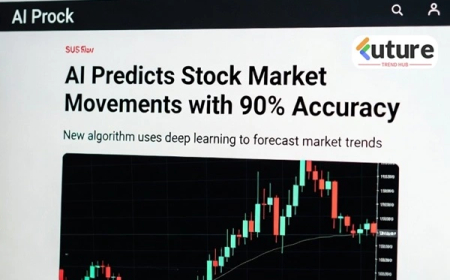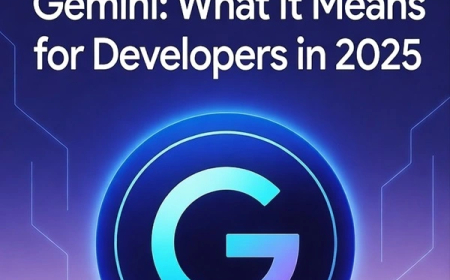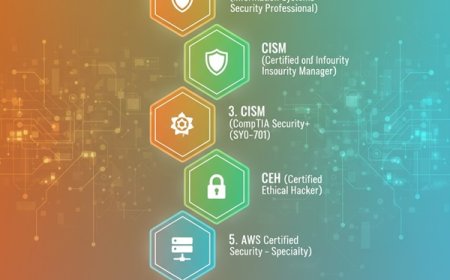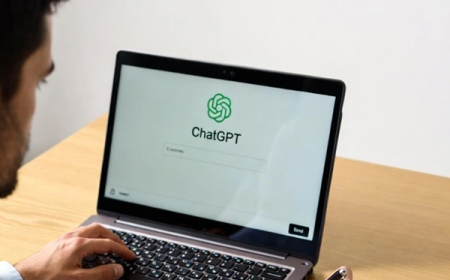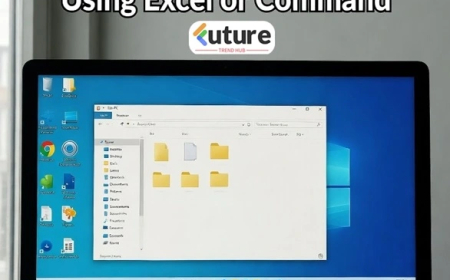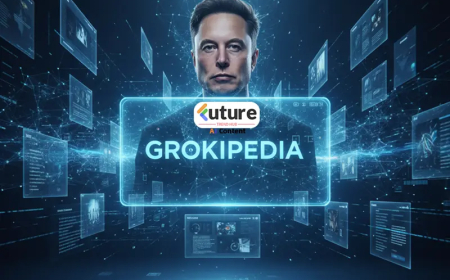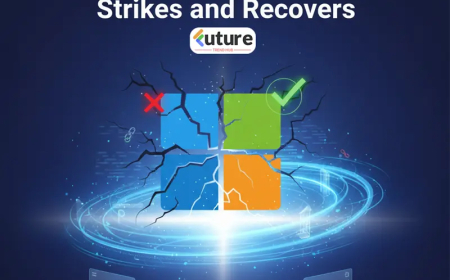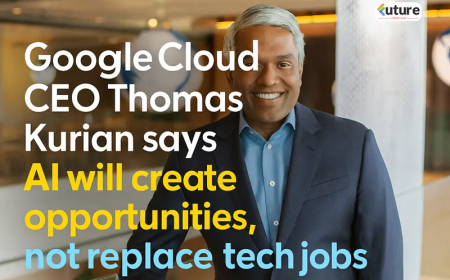Google’s New AI Model Gemini: What It Means for Developers in 2025
Google’s Gemini AI is more than just another language model — it’s a new era of smart, multimodal AI designed for developers. Discover what Gemini means for coding, app development, and the future of AI tools.

🚀 Google’s New AI Model Gemini: What It Means for Developers
Author: Future Trend Hub | Category: AI & Technology | Updated: November 2025
🌟 A New Chapter in AI Development
If 2023 was the year of ChatGPT, then 2025 belongs to Gemini.
When Google first unveiled its Gemini AI model, many thought it was just another competitor in the AI arms race. But as developers began experimenting, it quickly became clear — Gemini isn’t just another chatbot. It’s a complete ecosystem for developers, blending intelligence, creativity, and engineering into one powerful platform.
Let’s break down what makes Gemini special — and why it could change how developers build apps, write code, and think about artificial intelligence.
🤖 What Exactly Is Gemini AI?
At its core, Google Gemini is a multimodal AI model — meaning it can understand text, code, images, audio, and even video in a unified way.
Think of it as the evolution of Google’s previous models like Bard and PaLM 2, but with a sharper brain, a broader skillset, and a deeper connection to Google’s entire ecosystem — from Search and YouTube to Android Studio and Cloud AI.
Gemini isn’t just about answering questions. It’s about thinking with you.
For developers, that means smarter coding suggestions, deeper contextual understanding, and seamless integration across Google’s developer tools.
💻 Why Developers Should Care
Here’s the thing — Gemini is not just an “AI chatbot.”
It’s a developer’s co-pilot that can:
-
🧩 Generate and debug code across multiple programming languages
-
🔍 Analyze massive datasets using Google Cloud AI integrations
-
🧠 Understand your project’s logic, not just syntax
-
🧰 Connect with APIs, design mockups, and explain complex algorithms
-
🌍 Build and test apps faster through AI-assisted development tools
Whether you’re building a small Android app or a large-scale web application, Gemini is designed to make your workflow faster, cleaner, and more collaborative.
⚙️ Integration with Google Ecosystem
One of Gemini’s biggest strengths is how deeply integrated it is with existing Google products.
-
In Android Studio, Gemini can auto-suggest code, optimize layouts, and even explain performance issues.
-
In Google Cloud, it can help developers deploy AI-driven services with simple natural-language prompts.
-
In Docs and Gmail, developers can write and format technical documentation using AI assistance.
Basically, if you use Google’s tools — Gemini is already waiting for you inside.
🧩 Gemini API: A New Playground for Builders
Google is also rolling out the Gemini API through Vertex AI, giving developers direct access to the model’s power.
This opens a world of possibilities — you can now embed Gemini into apps, automate workflows, or build intelligent chatbots that understand your business logic.
What sets the Gemini API apart is its context awareness. It doesn’t just follow commands; it learns from how you use it. That means more accurate responses and fewer “generic AI” answers.
⚔️ Gemini vs ChatGPT: A Developer’s Perspective
Let’s address the elephant in the room — how does Gemini compare to ChatGPT?
While OpenAI’s ChatGPT has been the go-to AI for many developers, Gemini brings a few major advantages:
| Feature | ChatGPT | Google Gemini |
|---|---|---|
| Multimodal Input | Text-only (some image support in Plus) | Text, image, audio, video |
| Integration | Limited to APIs & plugins | Deeply integrated with Google ecosystem |
| Data Sources | Trained on static datasets | Enhanced by real-time Google Search & Cloud data |
| Developer Tools | OpenAI Playground | Gemini API via Vertex AI |
| Strength | Creative generation | Analytical, data-driven reasoning |
For developers, this means Gemini is not just a replacement — it’s an extension of how you already work.
🔒 E-E-A-T: Trust, Transparency & Safety
Google has placed a strong emphasis on E-E-A-T (Experience, Expertise, Authoritativeness, Trustworthiness) — especially after global concerns about AI safety.
Gemini’s responses are designed to be factual, transparent, and traceable. It provides citations, flags uncertainty, and prioritizes ethical development — something both educators and professionals have long been asking for.
For developers building apps in sensitive industries like finance, healthcare, or education, that’s a major step toward responsible AI deployment.
🌍 How Gemini Changes the Developer Landscape
Before Gemini, AI models were like powerful but isolated machines — they could generate content, but not collaborate.
Now, we’re seeing a new generation of AI that’s contextual, connected, and co-creative.
Imagine coding an app where Gemini suggests entire UI flows.
Or running a data project where it visualizes analytics and writes a summary report.
This is the kind of “assistive intelligence” that makes developers faster, smarter, and more creative.
🚀 The Future: Building With Gemini
As Gemini continues to evolve, Google plans to make it more open, customizable, and multilingual. Developers will be able to fine-tune models, integrate plugins, and use Gemini across mobile, cloud, and web environments.
In simple terms:
Gemini is not the future of AI — it’s the foundation.
If you’re a developer in 2025, learning how to use Gemini is like learning the language of tomorrow.
🌟 Final Thoughts
Google’s Gemini AI represents more than a technological leap — it’s a mindset shift.
Instead of replacing developers, it empowers them.
Instead of generating code blindly, it understands what you’re trying to build.
Whether you’re a seasoned engineer or a student learning your first line of code, Gemini is the ultimate AI teammate for the next generation of creators.
Also Read >> Why Learn Web Programming in 2025? AI Can't Replace These Skills
What's Your Reaction?
 Like
0
Like
0
 Dislike
0
Dislike
0
 Love
0
Love
0
 Funny
0
Funny
0
 Angry
0
Angry
0
 Sad
0
Sad
0
 Wow
0
Wow
0

